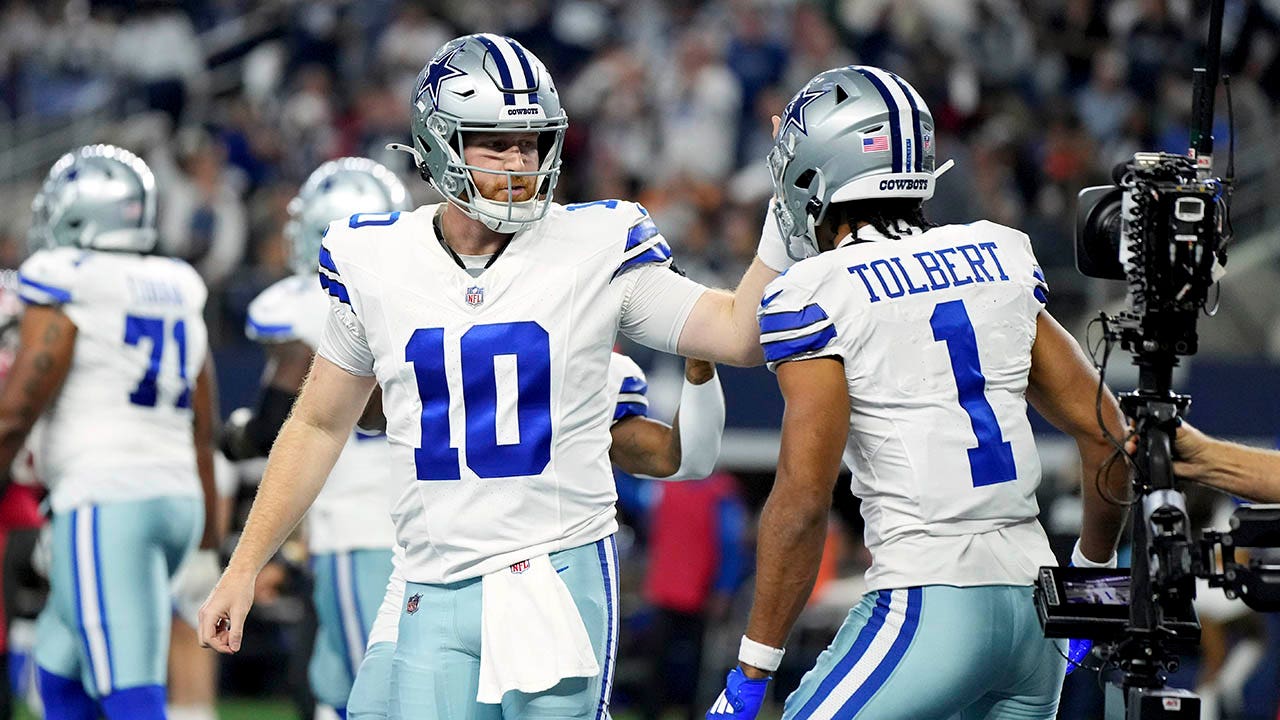A potential multibillion-dollar settlement of an antitrust lawsuit has cleared the first of a three-step NCAA approval process, with no change to a payment structure that would have the 27 college conferences not named in the suit cover the majority of a $1.6 billion portion of the damages.
The Division I Board of Directors finance committee on Monday night passed the proposed $2.77 billion settlement of House vs. NCAA to the full board with a recommendation to stick with the original finance plan.
The NCAA, Big Ten, Big 12, Atlantic Coast Conference, Pac-12 and Southeastern Conference are defendants in the House case, a class-action lawsuit that seeks back pay for college athletes who were denied name, image and likeness compensation dating to 2016. The NCAA lifted its ban on athletes earning money for sponsorship and endorsement deals in 2021.
Moving forward, it will be the Big Ten, Big 12, ACC and SEC carrying the financial burden in a proposed revenue-sharing system that asks each of its schools to commit upwards of $20 million per year to be paid directly to athletes. The overall commitment is expected to be about $300 million per school over 10 years.
The NCAA office is set to cover the damages portion of the case over 10 years through a reduction of operating expenses, insurance and reserve funds. Withheld distributions to its 352 Division I member schools would cover the rest.
The approved finance plan calls for the NCAA to cover 41% of the $2.77 billion in damages, with the Power Five conferences accounting for 24% and the other five major college football conferences Group of Five covering 10%.
The conferences that compete in the second tier of Division I football, the Championship Subdivision, would cover 14% of the overall settlement and the non-football D-I conferences would be on the hook for 12%.
The conference commissioners from leagues that do not compete at the highest tier of Division I football, the Bowl Subdivision, have taken issue with the $1.6 billion in withheld distribution portion of the settlement. The 27 conferences not named in the lawsuit are expected to cover 60% of withheld distributions, with the other 40% coming from power conferences that are currently comprised of 69 schools.
The commissioners of the 22 non-FBS conferences sent a memo to NCAA leadership, proposing the finance structure be flipped so power conference withheld distributions cover 60% of the $1.6 billion.
Big Sky Commissioner Tom Wistrcill said Tuesday the non-FBS conferences were holding out hope for reconsideration.
“We’re fighting uphill,” he said.
The Big Sky is one of the most successful conferences in the Championship Subdivision, with schools such as Montana, Montana State, Eastern Washington, Idaho State and Weber State.
The settlement proposal still needs approval from the Division I Board of Directors and the NCAA’s Board of Governors, which was scheduled to meet later Tuesday. The settlement also needs approval from the presidential boards of each of the Power Five conferences, also known as autonomy conferences.
“We believe over 95% of the damages are going to go to A5 football and basketball players. For non-A5 conferences to pay for that is disproportionate. We’re asking for a more proportionate structure because our student-athletes are not going to see the money,” Wistrcill said,
Plaintiffs’ lawyers have given the NCAA and conferences until Thursday to respond to the settlement proposal, with parties on both sides sounding hopeful that it will be approved.
The conferences not named in the lawsuit did not found out about details of the settlement until two weeks ago through media reports, Wistrcill said. He said they are hoping the settlement can be approved with an opportunity for the NCAA financing plan to be readdressed.
Wistrcill said the formula for withheld distributions the NCAA is using, which is based on the percentage a conference received of overall NCAA distributions between 2016-2024, is projected to cost the Big Sky around $3 million per year over 10 years.
He said while power conferences will have a larger total distribution withheld on a per school basis, that revenue is a much smaller part of athletic department budgets that typically soar past $100 million annually. Big Sky school athletic budgets run about $20 million annually.
“The money is flowing to their student-athletes even though disproportionately (the settlement) is penalizing our institutions,” Wistrcill said.
__
Follow Ralph D. Russo at https://twitter.com/ralphDrussoAP and listen at http://www.appodcasts.com
___
AP college football: https://apnews.com/hub/college-football
Copyright 2024 The Associated Press. All rights reserved. This material may not be published, broadcast, rewritten or redistributed without permission.





